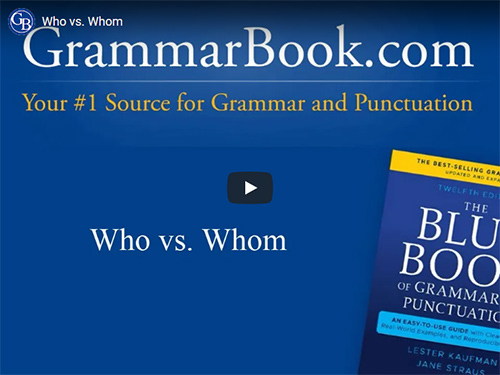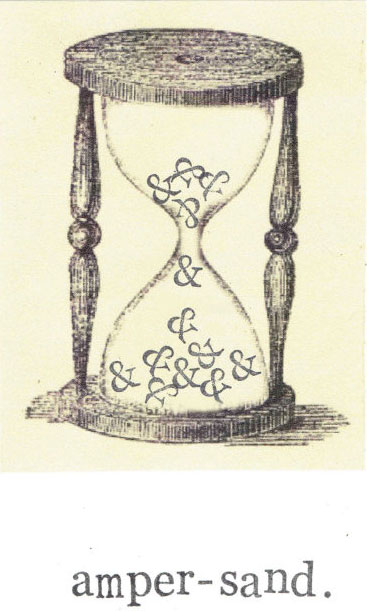|
The ampersand (&): We see it often in our daily communication, which adheres to a modern ethos of speed and brevity as seen in letters, emails, texts, tweets, memos, and notes. The mark is appealing because it helps save character space, it fits right in with other letters' heights, and many could argue it's one of English's better-looking symbols.
With so much presence of the ampersand in contemporary communication, the question now concerns where it fits in formal writing. For writers who want to exchange the mark's typical blue jeans for dress pants, we'll explore some guidelines for proper attire.
First, let's review how the & mark came to be according to Merriam-Webster online and Fowler's Modern English Usage.
In the late Middle Ages, single letters used as words, such as A or I, were spelled by the phrase "(letter) per se (word)," meaning
"(letter) by itself is the word (word)." For the letter/word I, for example, the phrase was I per se I, which means "I by itself is the word I."
Merriam-Webster and Fowler's further agree that over time the ampersand symbol evolved into a stylized version of the Latin et, which means "and." The spelling phrase thus became "& per se and" ("& by itself is the word and"). When said aloud, the phrase was pronounced "and per se and," which spoken English eventually morphed into "ampersand."
Merriam-Webster cites 1795 as the year of the ampersand mark's first known use in its current form. Varying references estimate ampersand was added to English dictionaries in the mid-1800s.
So how are careful, formal writers applying the mark today? The Associated Press Stylebook advises using the ampersand when it is part of a company's formal name or composition title (e.g., Barnes & Noble, AT&T, Ben & Jerry's); otherwise, the ampersand should not replace the word and, except in widely accepted abbreviations such as B&B (bed and breakfast) and R&B (rhythm and blues).
The Chicago Manual of Style concurs with the AP on that point. It also allows that "either and or & may be used in a publisher's name, regardless of how it is rendered on the title page, provided the conjunction is treated consistently throughout a bibliography: Harper and Row or Harper & Row." For titles of works, CMOS makes room for editorial discretion in allowing & to be changed to and.
Beyond the guidance offered by those two leading style sources, ampersand usage can range across people and channels. For example, in his January 2015 online article "Ampersand Usage—'&' or 'And,' " business writer David Speaker identifies the ampersand as acceptable:
• inside graphic or document tables or within parentheses when space is limited
• in common shorthand expressions such as "rock & roll"
• within a series to identify an item as part of its name and not a separator (e.g., "rock, pop, rhythm & blues, and hip-hop")
• in identifying more than one addressee, particularly a couple: "Mr. & Mrs. Johnson." |
If a series of three or more items includes an ampersand in place of the word and, including an Oxford comma before the ampersand is a matter of writer style and preference, although some may feel that omitting the comma is favorable to appearance:
Dear Mr., Mrs., & Dr. Johnson... (addressing three people with the surname Johnson)
Dear Mr., Mrs. & Dr. Johnson... |
GrammarBook.com further approves of using the mark in a series of three or more nouns to save character space or add subtle visual appeal, as in the Office of Travel, Health & Economics. Note that a serial comma is omitted before the ampersand.
As with any grammatical item with guidelines that have been stretched over time, the best bet is to choose your stylebook and consistently follow what it recommends. If you ever find yourself uncertain, simply remember the more sparing you are with ampersands in formal writing, the better.
|





